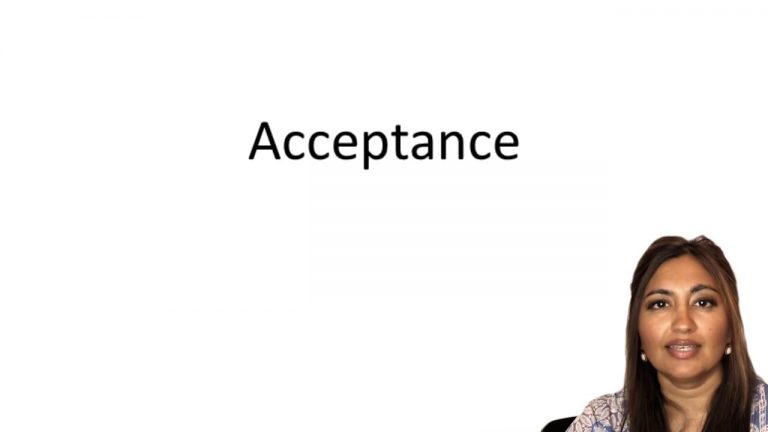SmartBrief
Confirm favorite deletion?
Contracts Keyed to Epstein
Dickinson v. Dodds
Citation:
2 Ch. Div. 463 (1876)
ProfessorMelissa A. Hale
CaseCast™ – "What you need to know"
Facts
In June 10, 1874, defendant John Dodds signed and delivered to plaintiff, George Dickinson, a memorandum, of which the material part said: “I hereby agree to sell to Mr. George Dickinson the whole of the dwelling-houses, garden ground, stabling, and outbuildings … for the sum of £800. This offer to be left open until Friday, 9 o’clock, A.M. J.D., 12th June 1874. Believing that he had the power to accept it until 9 a.m. on the Friday, plaintiff did not signify his acceptance to Dodds. In the afternoon of Thursday, the plaintiff was informed that Dodds had been offering or agreeing to sell the property to Thomas Allan, the other defendant. The plaintiff brought an action to enforce the defendant specifically perform the contract and estop the defendant from conveying the property to Allan.
Only StudyBuddy Pro offers the complete Case Brief Anatomy*
Access the most important case brief elements for optimal case understanding.
*Case Brief Anatomy includes: Brief Prologue, Complete Case Brief, Brief Epilogue
- The Brief Prologue provides necessary case brief introductory information and includes:
Topic:
Identifies the topic of law and where this case fits within your course outline.Parties:
Identifies the cast of characters involved in the case.Procedural Posture & History:
Shares the case history with how lower courts have ruled on the matter.Case Key Terms, Acts, Doctrines, etc.:
A case specific Legal Term Dictionary.Case Doctrines, Acts, Statutes, Amendments and Treatises:
Identifies and Defines Legal Authority used in this case.
- The Case Brief is the complete case summarized and authored in the traditional Law School I.R.A.C. format. The Pro case brief includes:
Brief Facts:
A Synopsis of the Facts of the case.Rule of Law:
Identifies the Legal Principle the Court used in deciding the case.Facts:
What are the factual circumstances that gave rise to the civil or criminal case? What is the relationship of the Parties that are involved in the case.Issue(s):
Lists the Questions of Law that are raised by the Facts of the case.Holding:
Shares the Court's answer to the legal questions raised in the issue.Concurring / Dissenting Opinions:
Includes valuable concurring or dissenting opinions and their key points.Reasoning and Analysis:
Identifies the chain of argument(s) which led the judges to rule as they did.
- The Brief Prologue closes the case brief with important forward-looking discussion and includes:
Policy:
Identifies the Policy if any that has been established by the case.Court Direction:
Shares where the Court went from here for this case.
Topic Resources
Topic Outline
Topic Refresher Course
Topic Charts & Notes 

 19m 28s
19m 28s